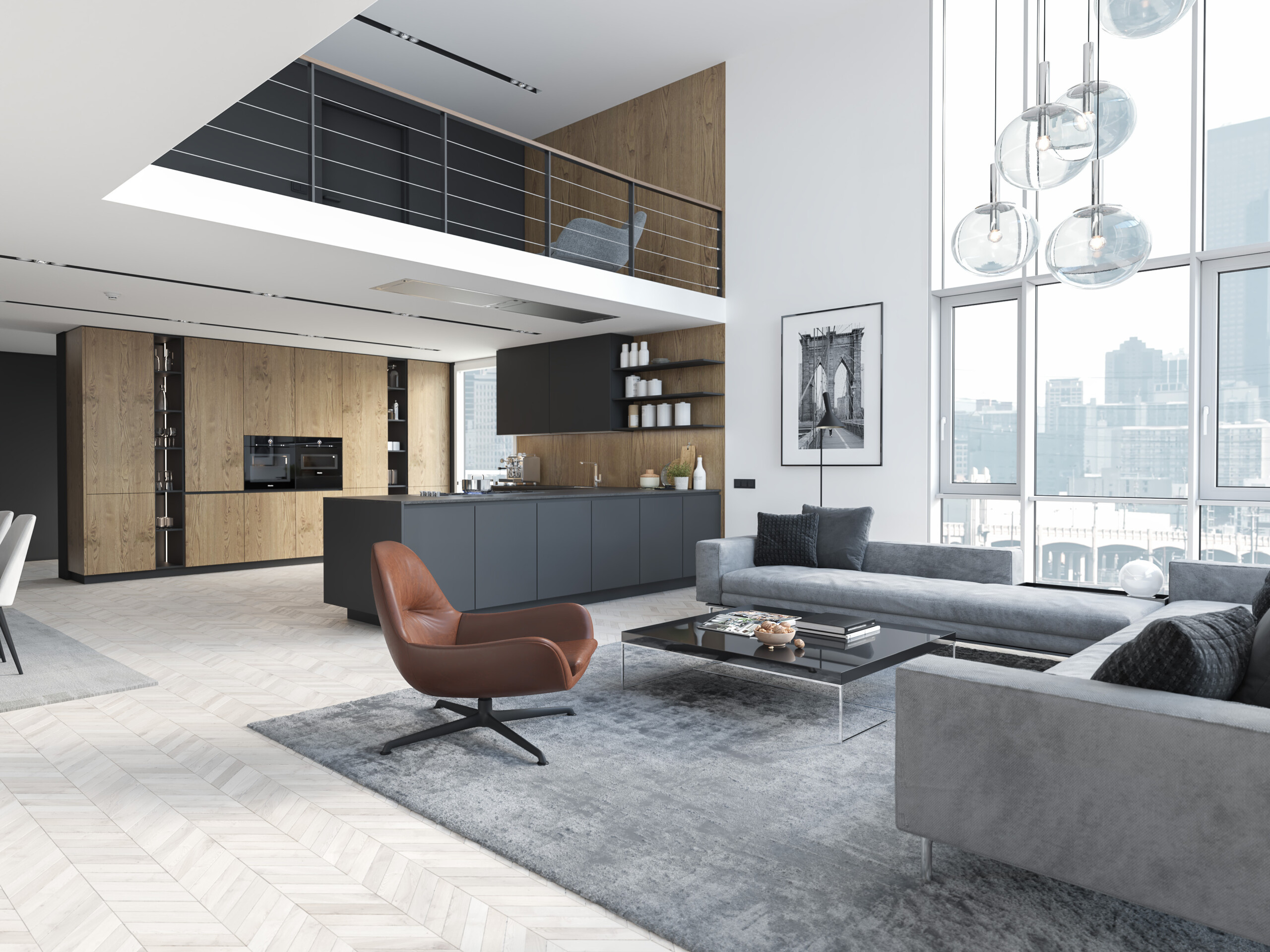Table Of Content

For example, a room with two identical chairs placed on either side of a fireplace creates a symmetrical balance. It can be achieved through the use of color, texture, or a standout piece of furniture. The emphasis should be the first thing that catches your eye when you enter a room. Keep rhythm in mind with repeating elements of the same color, texture, or pattern, and a progression of sizes or colors.
Furniture and Furnishings in Interior Design
However, it’s important to use these elements sparingly to avoid overwhelming the space. Visual texture refers to the illusion of texture created through the use of patterns, colors, and other design elements. It can be used to create a sense of depth and dimension in a space and can be incorporated through the use of wallpaper, fabrics, and artwork.
Contrast
Hiring a professional designer can be one of the most critical decisions when implementing interior design principles. A qualified designer has an eye for detail and understands how to combine various elements to create unique, aesthetically pleasing living spaces. By utilizing these principles effectively, designers can create beautiful spaces with a unified style and purpose. The second type of balance is asymmetrical balance, which is a little more tricky to get right. Every element, piece of furniture, color, and texture, has some sort of visual weight that needs to be considered when adding it to a room. Every space needs a touch of detail to elevate it from just ordinary to extraordinary.

Rhythm
The basic definition of balance is the equal distribution of weight. Consider adding pieces with strong, geometric shapes to a room with soft, flowing curves, or vice versa. By combining the functionality of multiple tools in one platform we empower interior decorators to spend less time with software and more time with their clients.
Using objects that are too large or too small can make a space feel unbalanced or cluttered. It is also important to consider the scale of the room itself when selecting objects. Furnishings are a big investment and account for a large part of the budget of room decor. If you are on a tight budget, there are some items you should splurge on. The two most important pieces of furniture—likely the items that will get the most use—are your sofa and bed. A mixture of high-ticket items with less expensive options is a trick of the trade that makes the room still feel stylish without breaking the bank.
What is the Wabi-sabi interior design trend? - Homes & Gardens
What is the Wabi-sabi interior design trend? .
Posted: Mon, 20 Nov 2023 08:00:00 GMT [source]
The natural forms are usually requested by homeowners when they wish to prevent the use of negative space in their own homes. Natural forms usually follow a rustic or classic theme because it utilizes basic elements. The pattern is an essential element of interior design that can add interest, depth, and texture to a space.
How do interior designers apply the principle of balance?
You can also use focused lighting that illuminates the dining table or coffee table while keeping the rest of the living space in dimmer light. It is a beautiful art form that enables interior designers to share their creativity to reflect the personality of the homeowner. When editing your space, it’s important to consider the function of each item. One of the most important aspects of interior design is editing. This means taking a step back and looking at your space objectively. Removing clutter and unnecessary items can make a space feel more open and inviting.
A well-planned rhythm can guide the eye through a space and create a sense of flow. Balance is one of the most important principles of interior design. Achieving balance in your space involves creating a sense of harmony through the placement of objects, colors, and textures. Experiment with symmetrical, asymmetrical, and radial balance to find the perfect equilibrium for your space. Use large furniture pieces as anchor points, and pay attention to color and texture to create contrast and balance.
The colors and textures in a space should work together to create a cohesive and unified look. In summary, the principles of interior design are important to consider when designing a space. Balance, rhythm, emphasis, and harmony all work together to create a cohesive and visually pleasing space.
It creates a cohesive space by harmonizing elements from different design aspects. Unity can be achieved through color, texture, pattern, and shape, all together to create an aesthetically pleasing environment. By repeating certain colors, shapes, or textures throughout a room, you can create a sense of visual continuity that ties everything together. For example, you might repeat the same color in different elements of the room, such as the rug, the throw pillows, and the artwork. You can choose a compulsive symmetrical balance with straight lines, perpendicular placement of furniture, or radial patterns if the homeowners are conservative. You can also choose asymmetrical balance to create a new-age, contemporary vibe with design elements that are complementary but not restricted to basic design projects.
While it is pivotal to create a flow in interior design, decorators sometimes overlook the importance of contrast. It is obviously necessary to follow a colour scheme and definitive space planning. But if you keep a single colour or just variations on a theme, then the entire design ends up seemingly monotonous.

No comments:
Post a Comment